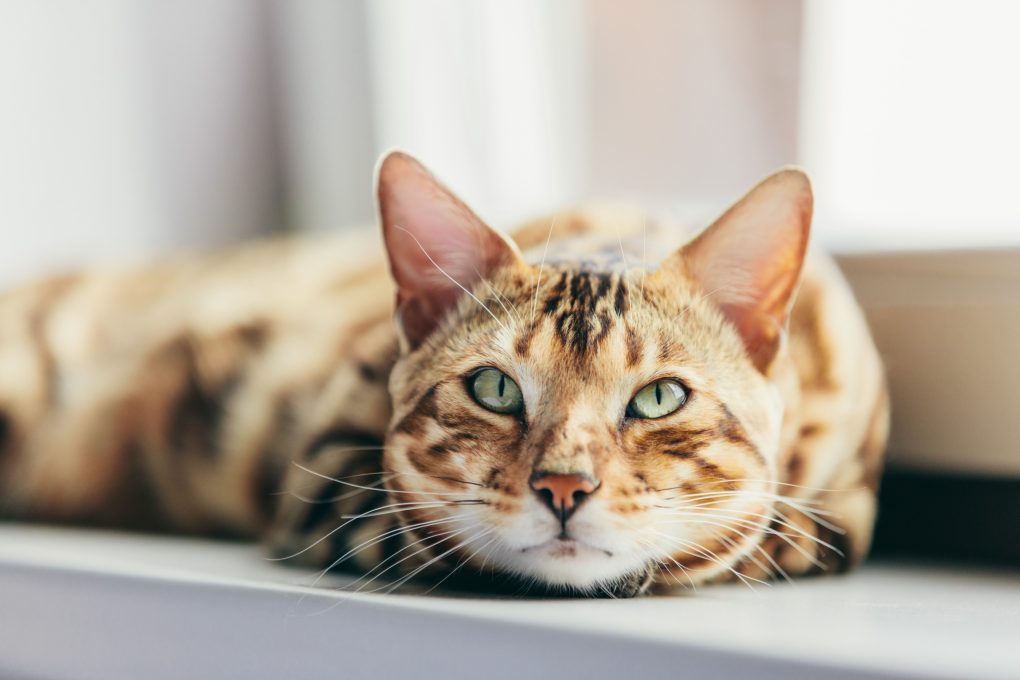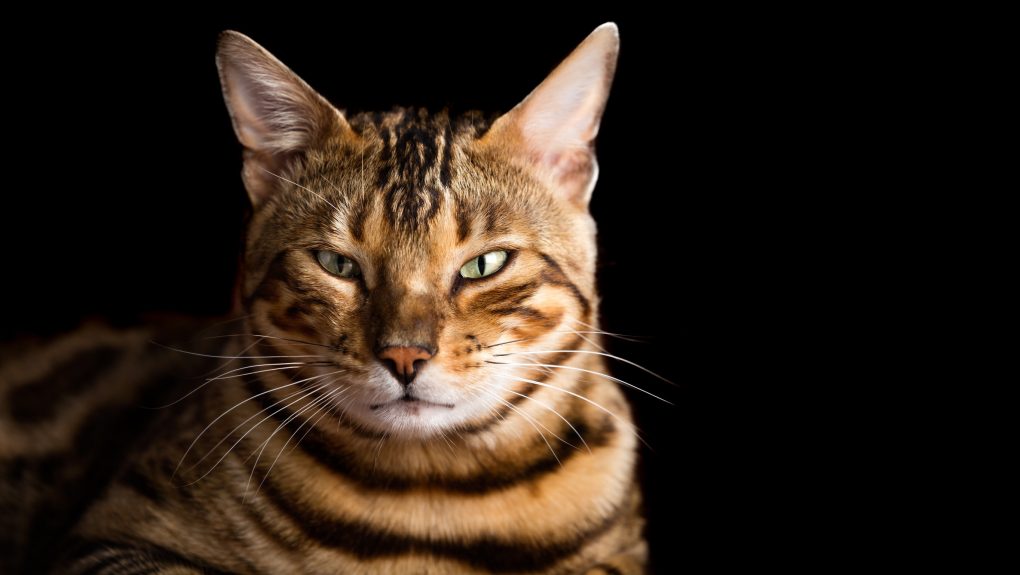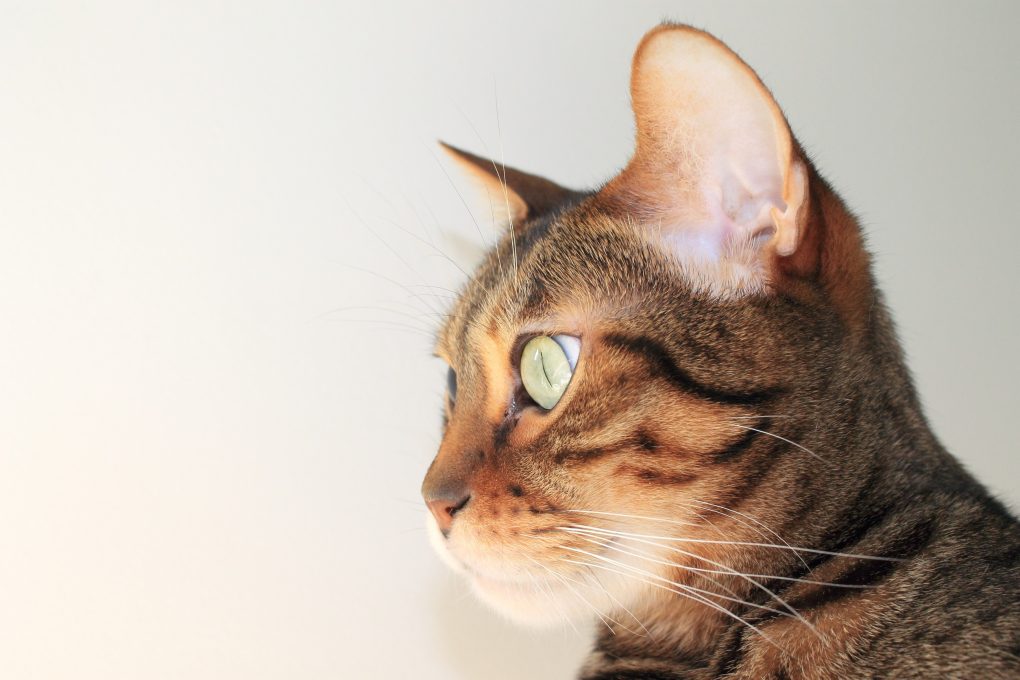Do Bengal Cats Have Health Problems: List of Health Problems of Bengal Cats
Yes, Bengal cats, like all breeds, can be prone to specific health problems. Some common health issues that Bengal cats may face include:
- Hypertrophic cardiomyopathy (HCM): This is a condition in which the heart muscle thickens, making it harder for the heart to pump blood effectively.


- Progressive retinal atrophy (PRA): This degenerative eye disorder can lead to blindness.
- Polycystic kidney disease (PKD): This genetic disorder causes multiple cysts on the kidneys, which can lead to kidney failure.
- Feline infectious peritonitis (FIP): This viral infection can be fatal in cats.
Table of Contents
List of Common Health Problems of Bengal Cat
Progressive Retinal Atrophy
According to Pet Health Network, PRA is a disease that affects the eye’s retinal tissue. It is characterized as a progressive disease that causes gradual loss of eyesight. It is most common in Bengal cats but can be found in other cat breeds. PRA symptoms include a gradual loss of vision and blindness. There is currently no known cure for PRA, but treatment can slow the progression of the disease.
Dental Disease
Dental disease can indeed be a severe issue for Bengal cats, as well as for cats of all breeds. Dental disease is caused by a buildup of plaque and tartar leading to inflammation of the gums (gingivitis), loss of bone around the teeth (periodontitis), and tooth loss. Dental disease can also lead to infections in the mouth, which can spread to other parts of the body, causing severe health problems.
There are factors that can contribute to dental disease in cats, including genetics, diet, and oral hygiene. Some cats may be more prone to dental issues than others due to genetics. Dry food diets can also lead to dental issues in cats. Regular dental checkups and teeth cleaning by a veterinarian and providing appropriate dental chew toys and treats can help prevent dental disease.
Hip Dysplasia
Hip dysplasia affects the joints in cats’ hips. It is caused by differences in the shape of the femoral head (the ball-and-socket joint at the top of the thigh bone) and the acetabulum (the socket in which the femur fits). The condition can lead to pain, lameness, and even death. Hip dysplasia can severely affect a cat’s health and quality of life if not treated.
To prevent and treat hip dysplasia, cat owners must regularly examine their cat’s legs for signs of limping or pain. These signs can indicate hip dysplasia, so taking them seriously and seeking treatment as soon as possible is essential. Additionally, cats with hip dysplasia should be kept active to prevent weight gain and muscle atrophy in the affected areas.
Lymphoma
Lymphoma is the most common cat cancer, with roughly 90% of cat cancers being either lymphoma or leukemia. Lymphoma is a cancer affecting both male and female cats, with breeders, particularly at risk. Bengal cats are particularly vulnerable to lymphoma as they possess high levels of feline leukemia virus (FeLV), which increases their risk of developing the disease.
Lymphoma can seriously affect cats, with some commonly exhibiting symptoms such as swollen lymph nodes and loss of appetite. If your cat shows signs of lymphoma, it’s essential to seek immediate veterinary treatment. In addition, several treatment options are available, including chemotherapy and radiation therapy, which can effectively treat this type of cancer.
Kidney Disease


Kidney disease is the most common health problem in Bengal cats and can affect any organ in the body, but it is typically found in the kidneys. In Bengal cats, kidney disease is often progressive and often leads to weight loss, increased thirst and appetite, and decreased activity.
Various factors, including inherited traits, lifestyle choices, and environmental hazards, can cause the disease. There is currently no known cure for kidney disease in Bengals, but treatment options include lifestyle changes and medication. Start treatment immediately to prevent further complications if you think your cat shows signs of kidney failure.
Heart Disease
Heart disease is the number one enemy of cats, and it is a disease that you can avoid with regular preventive care. Bengal cats are particularly at risk of developing heart disease due to their genetic makeup and lifestyle choices.
Some of the most common heart disease symptoms in Bengal cats include coughing, wheezing, and shortness of breath. If you see any of these symptoms in your cat, you must take them to the veterinarian for a diagnosis and treatment.
Cat health insurance will sometimes cover heart disease treatment costs as part of its coverage for cat health care. But if you cannot afford treatment on your own, some organizations provide financial assistance to cat owners with vet bills. Plus, many communities have pet rescue groups to help care for your cat when you cannot.
Liver Disease
Liver disease is the most common health problem in Bengal cats. The disease can cause persistent vomiting, diarrhea, and weight loss. In some cases, liver disease can lead to liver failure and death. For example, suppose you notice any of the symptoms listed above in your cat. In that case, it is essential to contact your veterinarian immediately for advice on how to care for your pet and prevent further health issues from occurring.
The best way to care for a cat with liver disease is by ensuring it receives high-quality food and treatment from a veterinary professional. Additionally, regular blood tests are essential for monitoring a cat’s health and keeping track of the effectiveness of treatment.
Feline Infectious Peritonitis
Feline infectious peritonitis (FIP) is a severe health condition that affects cats of all ages. The disease is caused by a virus and can be fatal if not treated quickly. Cats with FIP may experience high fever, coughing, and difficulty breathing.
If you suspect your cat has FPL, it is essential to take them to the vet for an examination and treatment. There is no cure for FIP, but treatment options include antibiotics and supportive care.
Prevention is the best way to avoid this disease. Regular vet visits and a healthy cat lifestyle can help keep your cat healthy. Plus, vaccinating pets against common diseases such as rabies can help protect the community and your pet from disease.
Hypothyroidism


Hypothyroidism is a condition that occurs when the thyroid gland, which produces hormones that regulate metabolism, is underactive. One of the most common symptoms of hypothyroidism in cats is weight gain and a decreased metabolism, which can lead to obesity. However, the symptoms of hypothyroidism in cats are often subtle, and the condition may go undiagnosed for a long time.
Hypothyroidism is not specific to Bengal cats and can occur in any cat breed. Some cats may be more prone to the condition due to genetics, but it can also occur due to other underlying medical conditions.
Food Allergies
Bengal cats are prone to food allergies. When fed a diet containing food allergens, such as dairy or wheat, they can develop health problems, including skin, breathing, and digestive issues. For this reason, it is important to feed cats a diet free of these ingredients.
Additionally, to keep Bengal cats from developing allergies over time, keeping them away from pets allergic to pet dander is essential. This will reduce the risk of cross-reactions between cats and pet dander. Overall, Bengal cat owners must pay close attention to their cat’s diets and avoid exposing them to any environmental allergens.
Obesity
Bengal cats are one of the most commonly obese cat breeds, and obesity in Bengals is a leading cause of health problems. In addition to joint pain, heart disease, and diabetes, obesity in Bengals can lead to diarrhea, loss of appetite, weight loss, and other health issues.
Therefore, feeding your cat a healthy diet that includes plenty of fresh food and exercise is vital. If you think your cat is overweight, consult a veterinarian for advice on managing their weight.
Feline Diabetes
Feline diabetes, also known as diabetes mellitus, is a common health problem in cats, including Bengal cats. It occurs when the body cannot produce enough insulin, a hormone that helps regulate blood sugar levels, or when it becomes resistant to insulin. This leads to high blood sugar levels, which can cause serious health problems if left untreated.
Symptoms of diabetes in cats may include increased thirst and urination, weight loss, and decreased appetite. Cats with diabetes may also have a poor coat condition and a sweet or fruity smell on their breath.
You can manage diabetes in cats with a combination of diet, medication, and regular veterinary checkups. The goal of treatment is to keep blood sugar levels as close to normal as possible, which can help prevent complications such as cataracts, kidney disease, and nerve damage.
